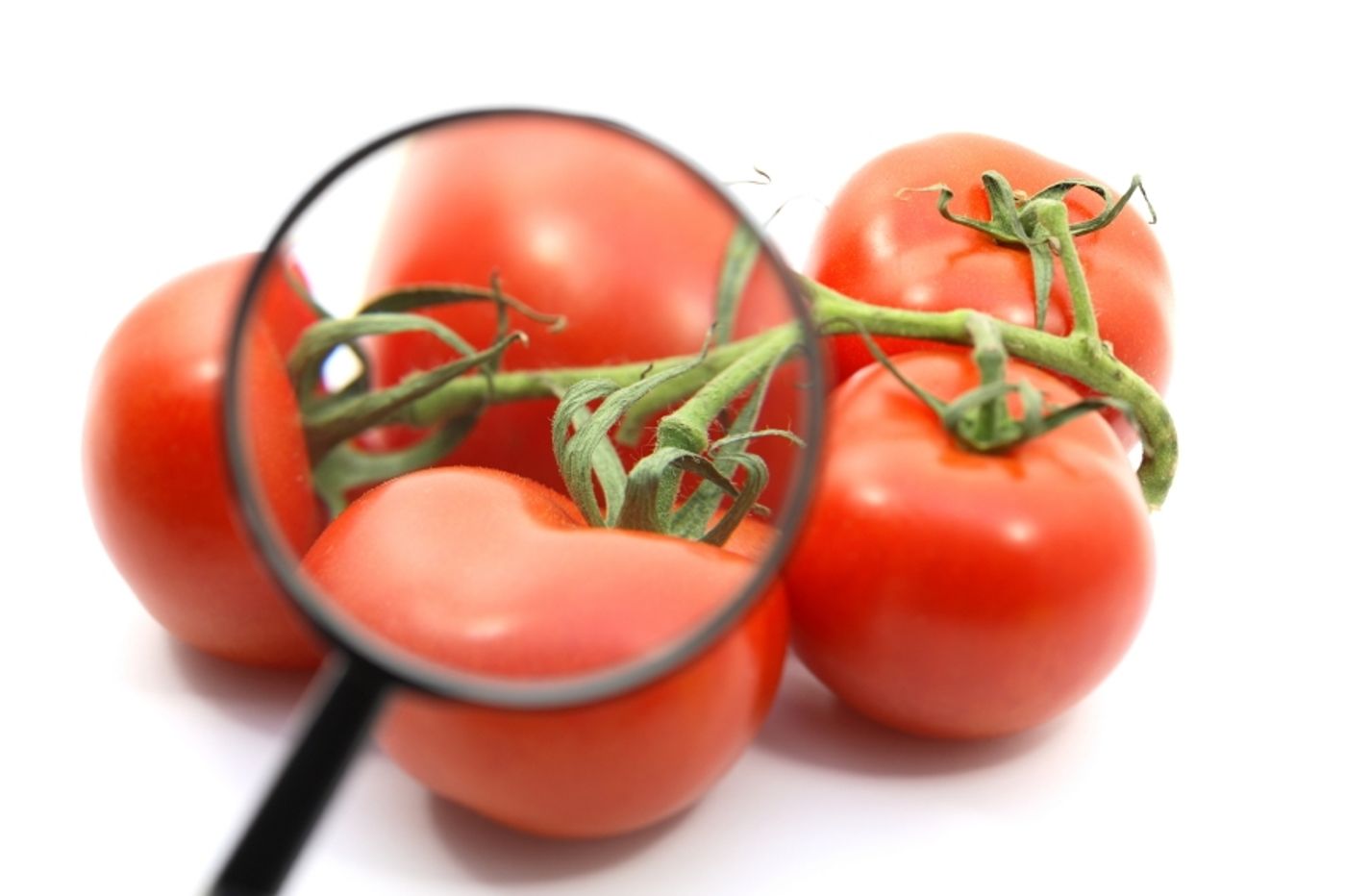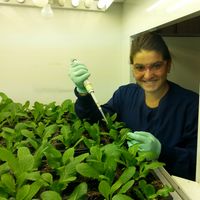Salmonella enterica is the number one cause of bacterial foodborne illness worldwide. Infections can be transmitted by animal-derived foods as well as fresh produce. There are over 2500 different serotypes of Salmonella enterica with serotypes Enteritidis, Typhimurium and Newport most commonly associated with outbreaks in the US. According to the Centers for Disease Control and Prevention, Salmonella enterica serovar Newport is the 3rd most frequently reported serotype associated with outbreaks.
From 1998-2010, there were 5 laboratory confirmed outbreaks associated with S. Newport attributed specifically to tomatoes. Of these 5 outbreaks, 4 of them were caused by the same exact isolate of S. Newport as determined by DNA fingerprinting, also known as S. Newport pattern 61. The source of all of these outbreaks was traced back to tomatoes grown on the Virginia Eastern Shore. Since 2002, outbreaks or illnesses caused by S. Newport attributed to tomatoes grown on the Virginia Eastern Shore have occurred almost yearly. Scientists have been trying to uncover the reason for these recurring outbreaks specifically linked to tomatoes grown on the Virginia Eastern Shore, which is one of the major tomato production areas in the US, ranked 3rd under California and Florida.

According to a recent study published in Frontiers in Microbiology where over 1500 environmental samples were taken at a regional agricultural research farm in Virginia, the most commonly isolated serovars were S. Newport and S. Javiana. The majority of Salmonella isolates in this study were obtained from surface water and sediment sources pointing to these sites as potential long-term reservoirs for persistent and endemic contamination of this environment.
Previous studies have suggested that wild birds, specifically gulls, may also serve as an environmental reservoir for S. Newport pattern 61 isolate. Although not confirmed, the authors hypothesize that the birds may have acquired the bacteria from a local landfill. These studies also suggested that S. Newport pattern 61 is ubiquitous in the environment, specifically landfills, on the Virginia Eastern Shore.
These studies are exciting as they help to uncover a recurring public health issue regarding the safety of tomatoes grown on the Virginia Eastern Shore. While the studies discussed above were limited to localized areas, it would be helpful to see some more widespread geographical environmental sampling performed on the Delmarva Peninsula regarding the occurrence of S. Newport, specifically pattern 61. These studies could also help tomato growers on the Virginia Eastern Shore to implement growing and harvesting strategies to reduce risk of contamination by Salmonella.
Sources: Frontiers in Microbiology, Applied and Environmental Microbiology, CDC, Association of Public Health Laboratories.









